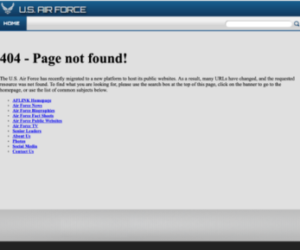
Inventory management is a phrase that you hear in nearly every industry, from manufacturing to medicine and everything in between. One sector where the sentence is surprisingly absent is construction. How can the construction industry benefit from inventory management, and what changes can managers and supervisors make to improve inventory on their jobsites?
Inventory Management in Construction
You’re working on a project that suddenly grinds to a halt because you’re missing one specific piece. You thought you ordered enough, but some components have either been misplaced or grown legs and walked away. It could be construction materials that disappear or even tools and equipment. Whatever the case, you aren’t able to continue the work until the missing inventory is replaced. How many times have you experienced this situation? It’s just one scenario that outlines why the construction industry could benefit from inventory management.
Companies that do track their tool and equipment inventory often rely on old paper logs, which are easy to lose and aren’t as accurate as they need to be in the modern construction industry. What can supervisors do to change this outdated facet of an otherwise evolving industry?
Tracking Materials and Equipment
Inventory management starts with keeping track of all equipment and materials used on each jobsite. It isn’t as complicated as it might seem, thanks to the advent of modern technology. Construction workers can keep track of the inventory and equipment that they’re using with something as accessible as the cell phone in their pocket or a provided RFID scanner.
These devices can be synced to a centralized inventory tracking system so that each time a tool is needed or a specific material is used to complete a section of a project, it’s logged. Tools and equipment being used can be tracked down to the particular individual who checked out the device so that it can be reclaimed or relocated.
This process is also beneficial for the materials being used during construction. Keeping real-time track of your on-hand inventory prevents you from running out of a crucial component when you need it the most. You can see exactly how much you have of each material and place orders as necessary to replenish them before they run out and cause a problem.
Jobsite Optimization
Keeping track of your inventory and equipment is good for more than just reducing loss and on-the-job theft. It can also help your entire operation run more smoothly and efficiently.
Tracking tools and equipment eliminates time that might be wasted searching for a piece of equipment that’s being used or may have been misplaced. It allows you to track down a specific tool to the person using it so that it can be reclaimed or relocated if it’s no longer in use. Other tips for optimizing your jobsite include the following:
- Reduce excess inventory: If you have a lot of equipment that never gets used or was only purchased for a single specialty project and is just taking up space in your warehouse, consider selling it to recoup some of the costs and reduce the size of your inventory.
- Change equipment purchasing policies: Instead of buying your equipment or materials from a variety of different vendors, establish a working relationship with one vendor or marketplace. That way, you won’t be waiting on deliveries that are coming from a bunch of different directions, making your overall inventory easier to track.
- Join the 21st century: Embracing technology isn’t a bad thing and can help make your entire operation more efficient and cost-effective. Adopt new technologies as they become available, and make them work for you.
- Adjust your mindset: It’s easy to rely on old inventory management technologies because they’re comfortable and you’re used to them. They aren’t the most efficient way to manage your equipment or inventory though. Take the time to adjust your mindset, and don’t be afraid to say goodbye to old, outdated techniques.
Closely managing or maintaining your inventory in the construction industry might seem like overkill, but it can be a useful process to help you run the most efficient ship possible. Take some time to look at your current operations. Where could you improve them? Could your company benefit from implementing some inventory management tools? You might be surprised at how quickly you and your colleagues take to these new tools.
















